Doctrinal Content
Arouses the interest of the child in God’s creation – the wonder of the sun and the moon,
light and the stars, the wind and all the natural beauty of our created world.
Origin of Text
Saint Francis of Assisi, 1182-1226, Laudato sia Deo mio Signore,
translated by William H. Draper, 1855-1933
Alternate texts: “Ye Watchers and Ye Holy Ones” John A. Riley in the English Hymnal, 1906
Oxford University Press / “Creator Spirit, By Whose Aid” Veni, Creator Spiritus, attributed to
Rabanus Maurus, 776-856, paraphrased by John Dryden, 1631-1700 / “Jesus Is Risen” compiled,
1978
Origin of Melody
Hymn Tune: Lasst uns erfreuen
Auserlesene Catholische Geistliche Kirchengesänge, Cologne, 1623
Harmonized by Ralph Vaughn Williams, 1872-1958
Musical Analysis
Major key
Time Signature – 3/2
Time values – quarter notes, half notes, whole notes
Intervals – ascending and descending Major 3rd, descending 5th, ascending and descending 4th,
ascending octave
Teaching Recommendations
Repeating phrases make this piece easy to sing and memorize. Rhymes in the poetry help the youngest children memorize the words.
The very youngest child can simply learn to sing that great word of praise and rejoicing,
“Alleluia.” It is not recommended with children who are not yet reading to ask them to sing more than one verse. When the children are older and able to read, there are many texts which fit this melody. If an Alleluia descant is learned by a choir, it could be applied to all the various texts.
Copyright
Melody – Public Domain
Text – Public Domain
Location
hymnary.org
https://hymnary.org/text/all_creatures_of_our_god_and_king


